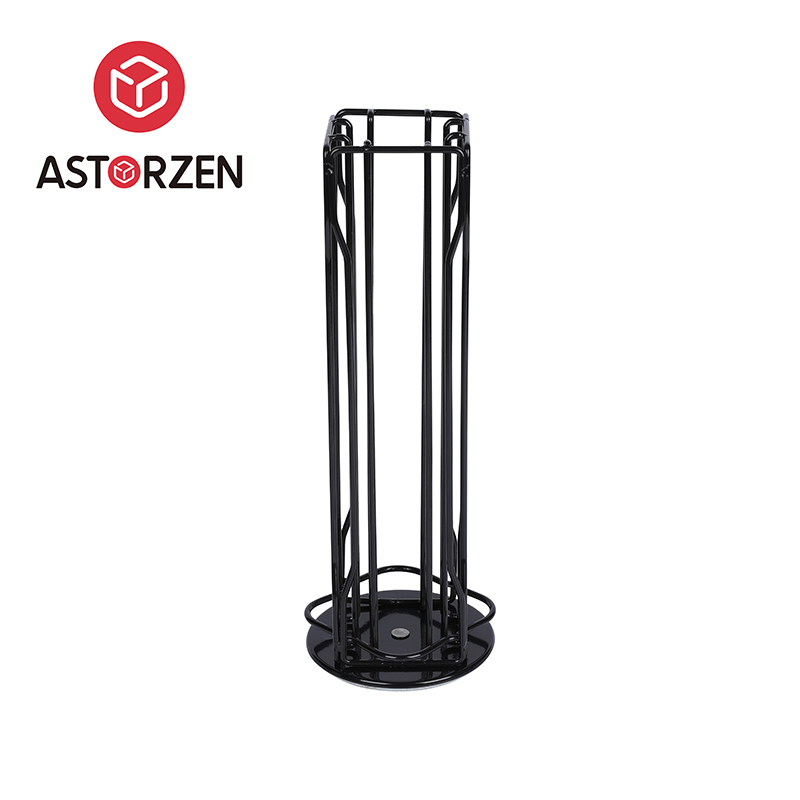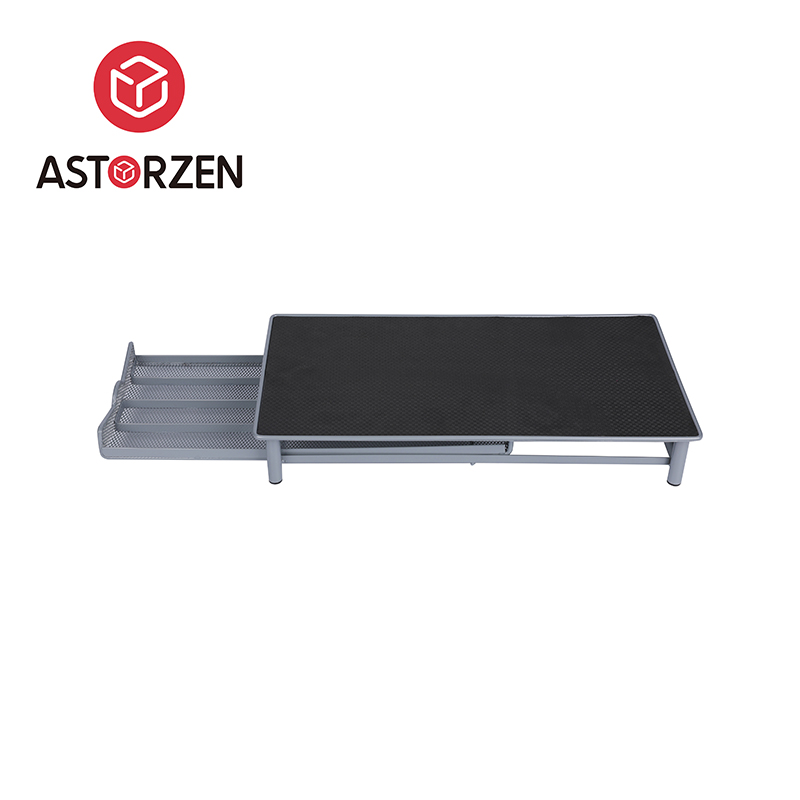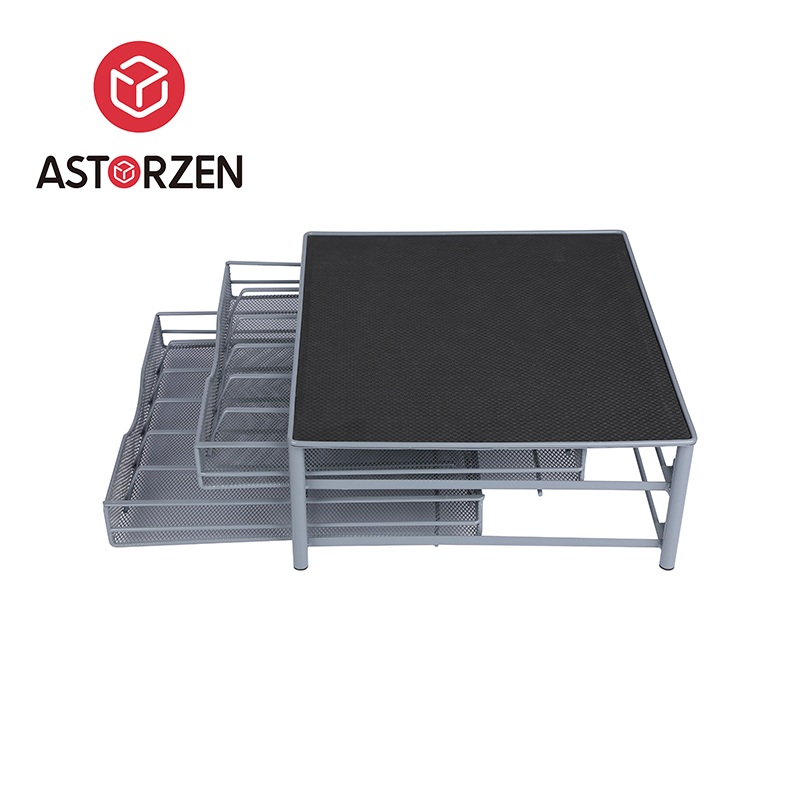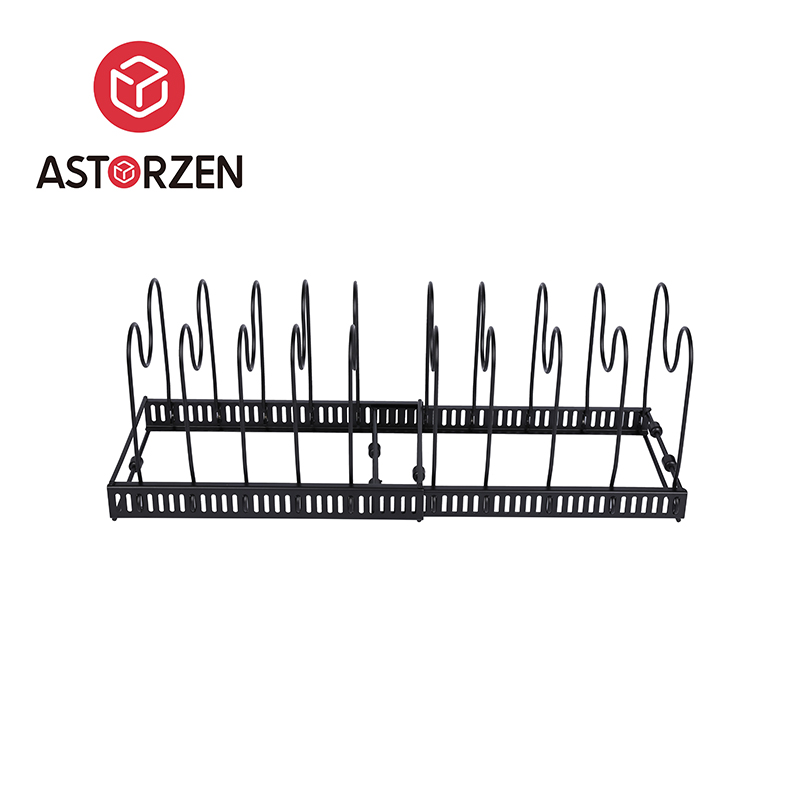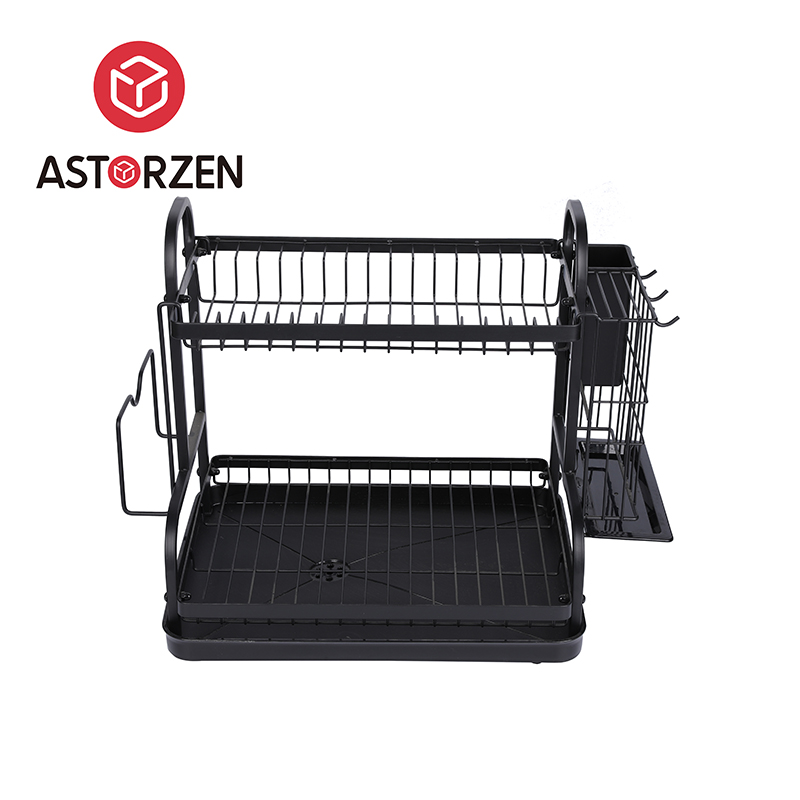Household storage containers are essential tools for keeping spaces organized, reducing clutter, and improving overall functionality. These containers come in a variety of forms, from bins and baskets to jars and boxes, each designed to suit specific needs around the home. The composition of these storage units is integral to their effectiveness in maintaining organization while ensuring durability and ease of use.
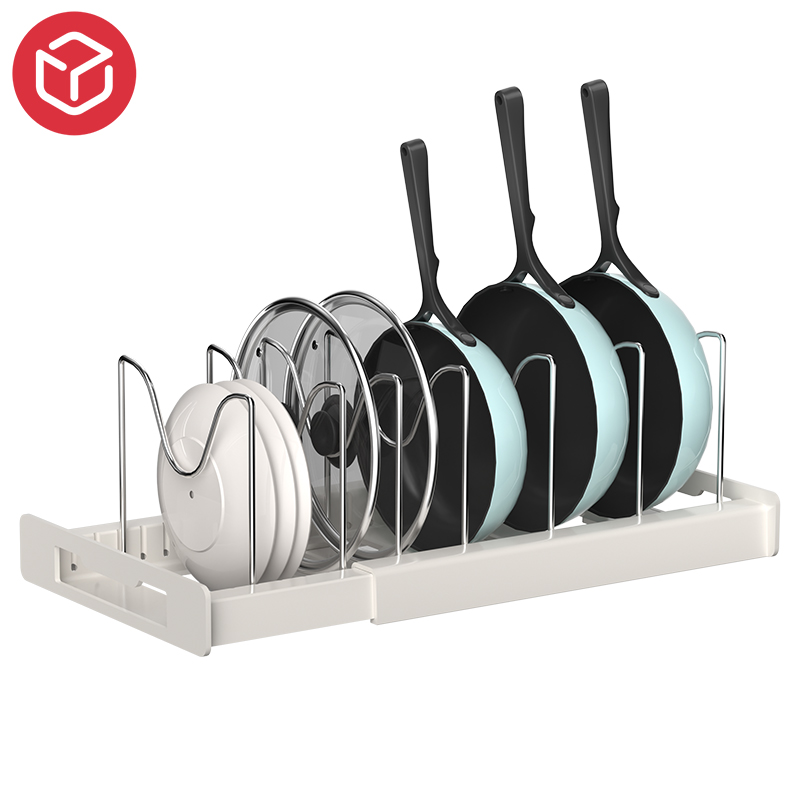
Many household storage containers are made from materials like plastic, glass, metal, or fabric, each offering distinct benefits. Plastic containers are the common, due to their affordability, lightweight nature, and versatility. BPA-free plastics are often preferred, as they are safe for storing food and other household items. Glass containers are valued for their aesthetic appeal and their ability to preserve food for longer periods, especially in the fridge or pantry. Metal containers, often made of stainless steel or aluminum, are chosen for their durability and sleek appearance. They are ideal for long-term storage and work well in environments prone to moisture, such as kitchens and bathrooms.
Fabric storage containers, typically made of canvas or linen, are great for organizing lightweight items like clothes, toys, or books. These containers are flexible, breathable, and easily collapsible, making them ideal for smaller spaces.
In addition to material composition, many storage containers feature practical designs, including stackable lids, built-in dividers, or transparent windows for easy identification of contents. The right combination of material and design ensures that household storage containers meet both organizational and aesthetic needs.
Kitchen slide-out shelves are a game-changer for home organization, offering a seamless way to store and access kitchen essentials with minimal effort. These clever designs transform deep cabinets and pantry spaces into functional, user-friendly storage areas. What makes these shelves particularly innovative is their ability to slide in and out, bringing everything within reach without requiring users to bend down or rummage through cluttered spaces.
The design of slide-out shelves often incorporates smooth-gliding mechanisms, such as ball-bearing tracks, that ensure easy operation even when the shelves are fully loaded. These tracks allow the shelves to extend completely, giving users a full view of all items stored, whether it's pots, pans, canned goods, or dry ingredients. This not only reduces the time spent searching for items but also ensures that nothing gets lost in the back of the cabinet.
The material choice for kitchen slide-out shelves varies, but many are made of wood or high-quality metal. Wood shelves can add warmth to a kitchen and blend well with traditional designs, while metal shelves offer a sleek, modern aesthetic and durability. Many models are also adjustable, allowing users to customize the shelf height to accommodate various kitchen items.
Additionally, some slide-out shelves come with built-in dividers or baskets, offering further organization options. The design allows for flexibility, vertical space in cabinets, and ensuring that the kitchen remains neat and functional.
A sink storage rack is a practical addition to any kitchen or bathroom, designed to maximize counter and sink area while keeping essential items organized and easily accessible. The rack is typically installed next to or directly over the sink, offering a designated space for dishwashing accessories, sponges, soap, and even drying racks for dishes.
One of the main benefits of a sink storage rack is its ability to free up valuable counter space. In small kitchens or bathrooms, counter real estate is precious, and a storage rack can help keep essential items off the counter, reducing clutter and improving organization. These racks often feature multiple levels, hooks, and compartments, which help organize items like scrub brushes, dish towels, soap dispensers, and even cleaning supplies.
Many sink storage racks are designed with functionality and water resistance in mind. Materials like stainless steel, plastic, or bamboo are commonly used, as they can withstand constant exposure to moisture without deteriorating. Stainless steel, in particular, is highly durable and easy to clean, making it ideal for environments like kitchens and bathrooms where hygiene is paramount.





 English
English 日本語
日本語 русский
русский عربى
عربى


